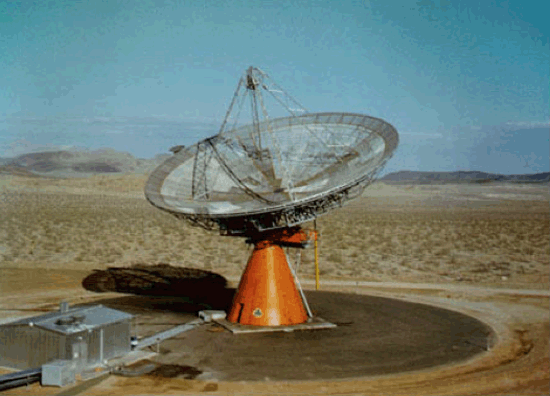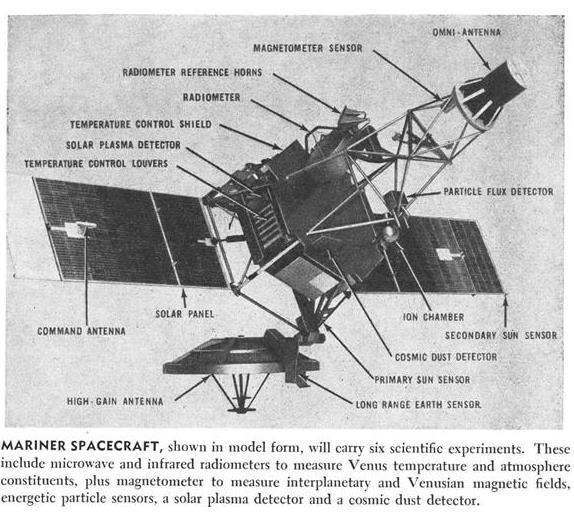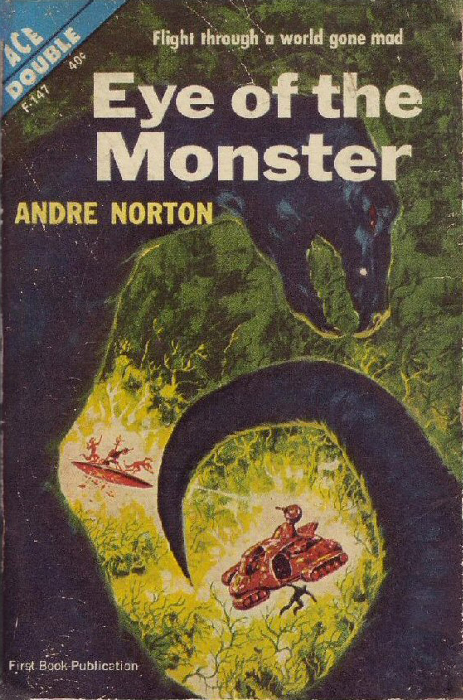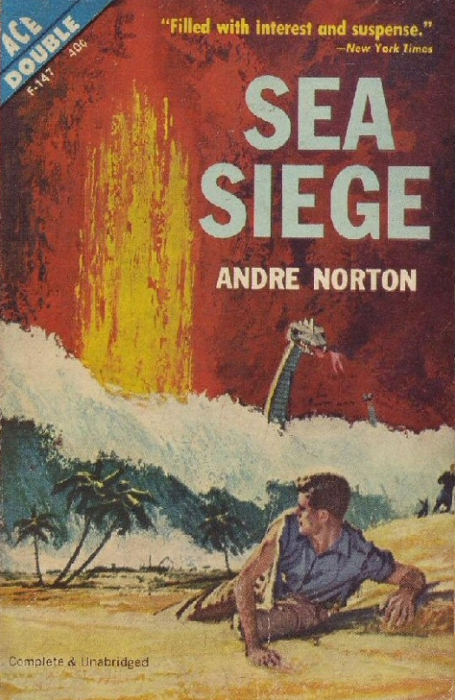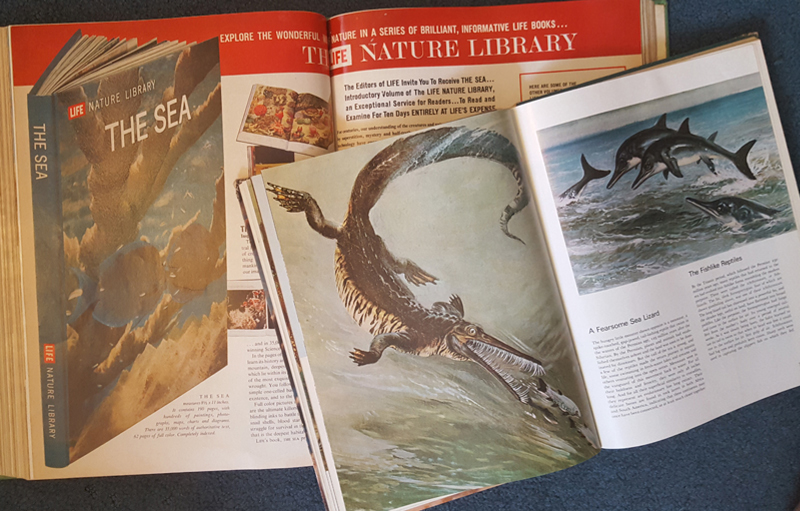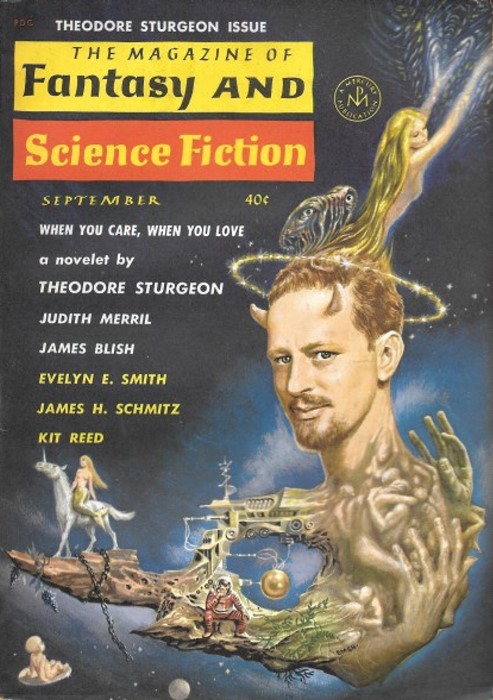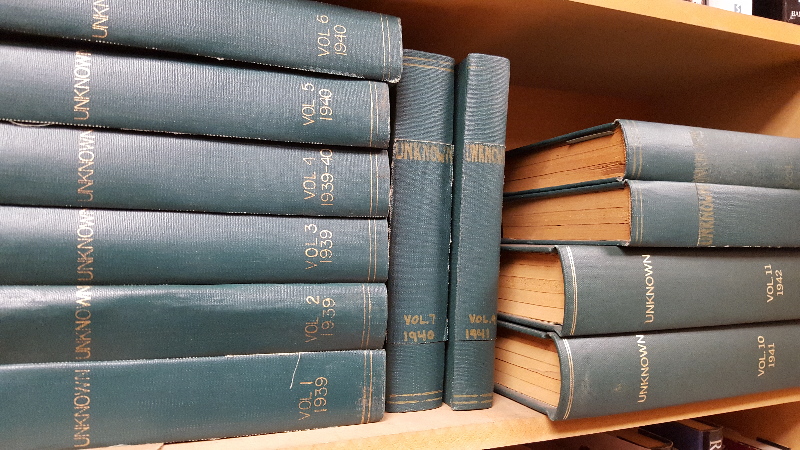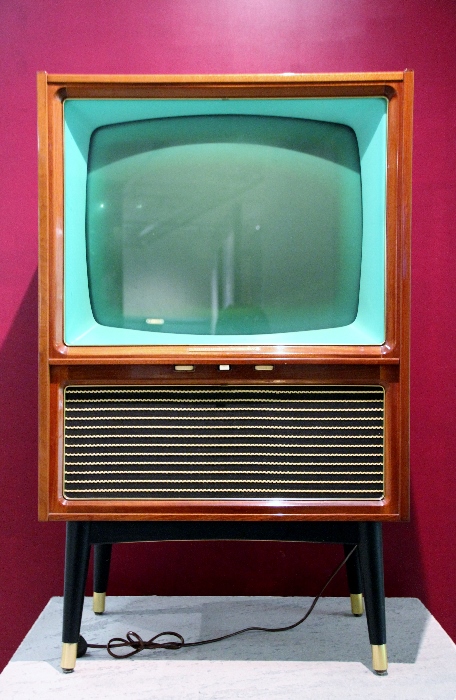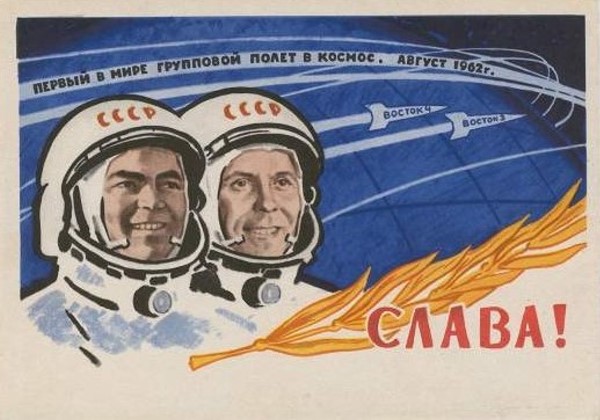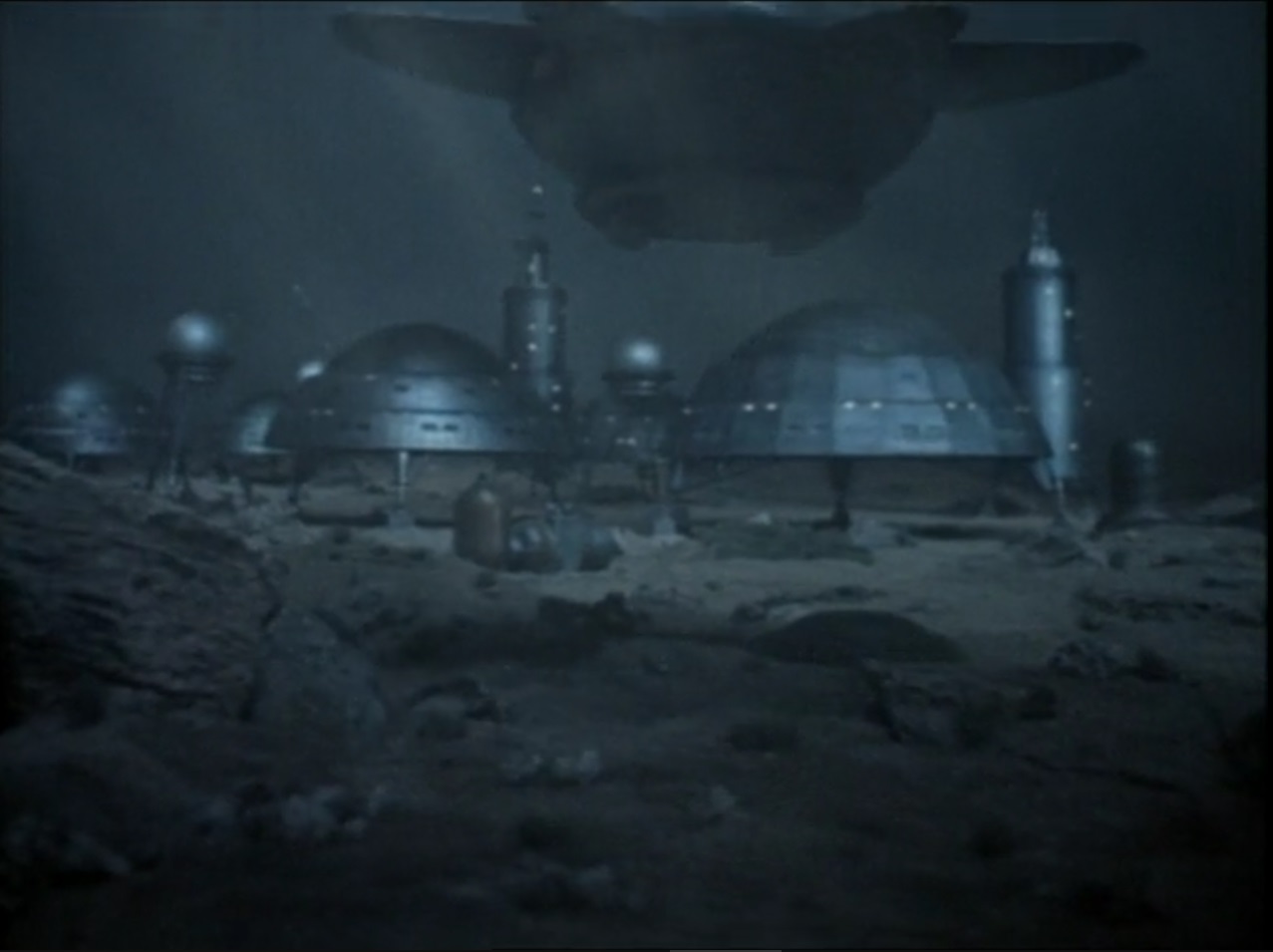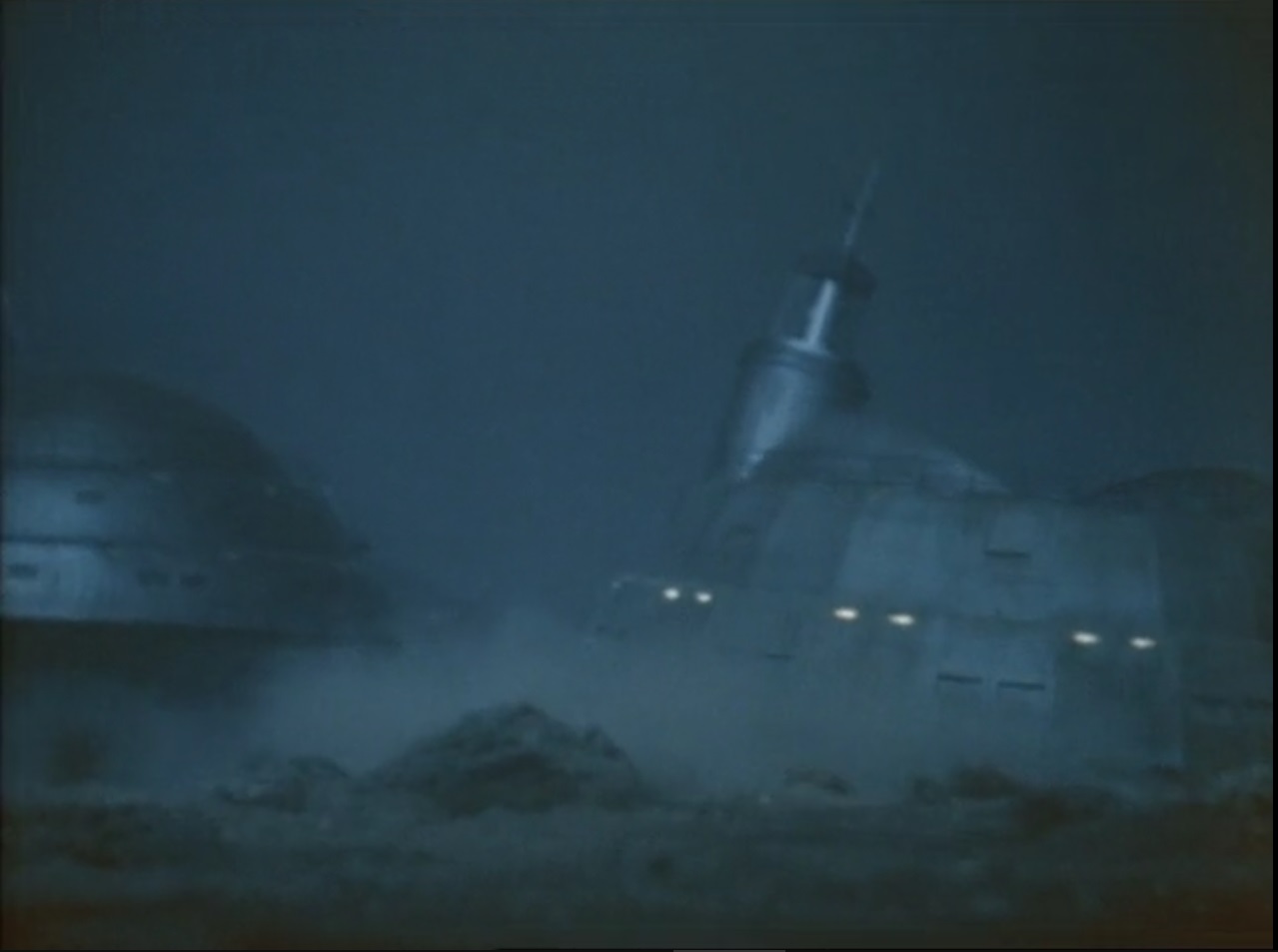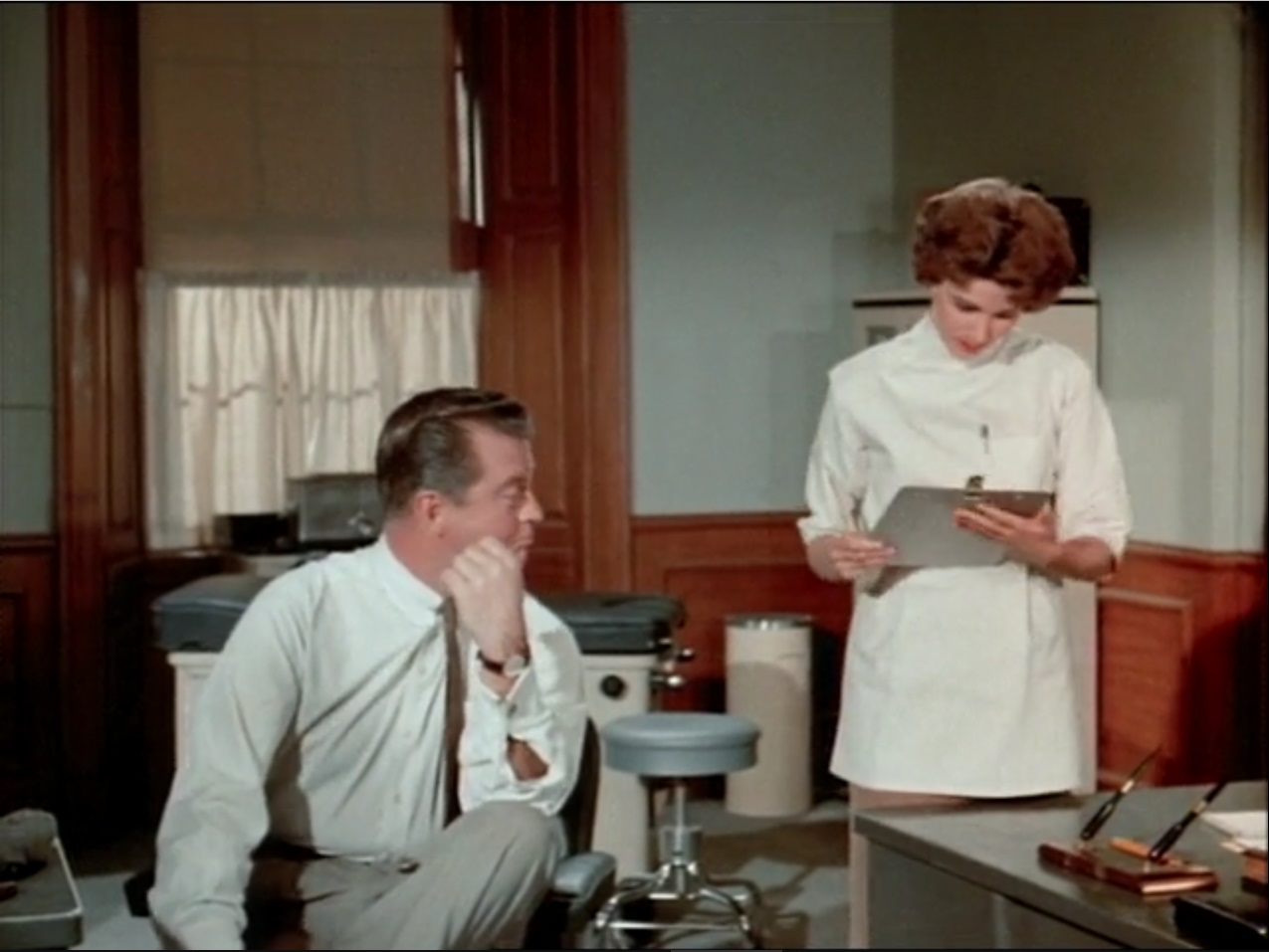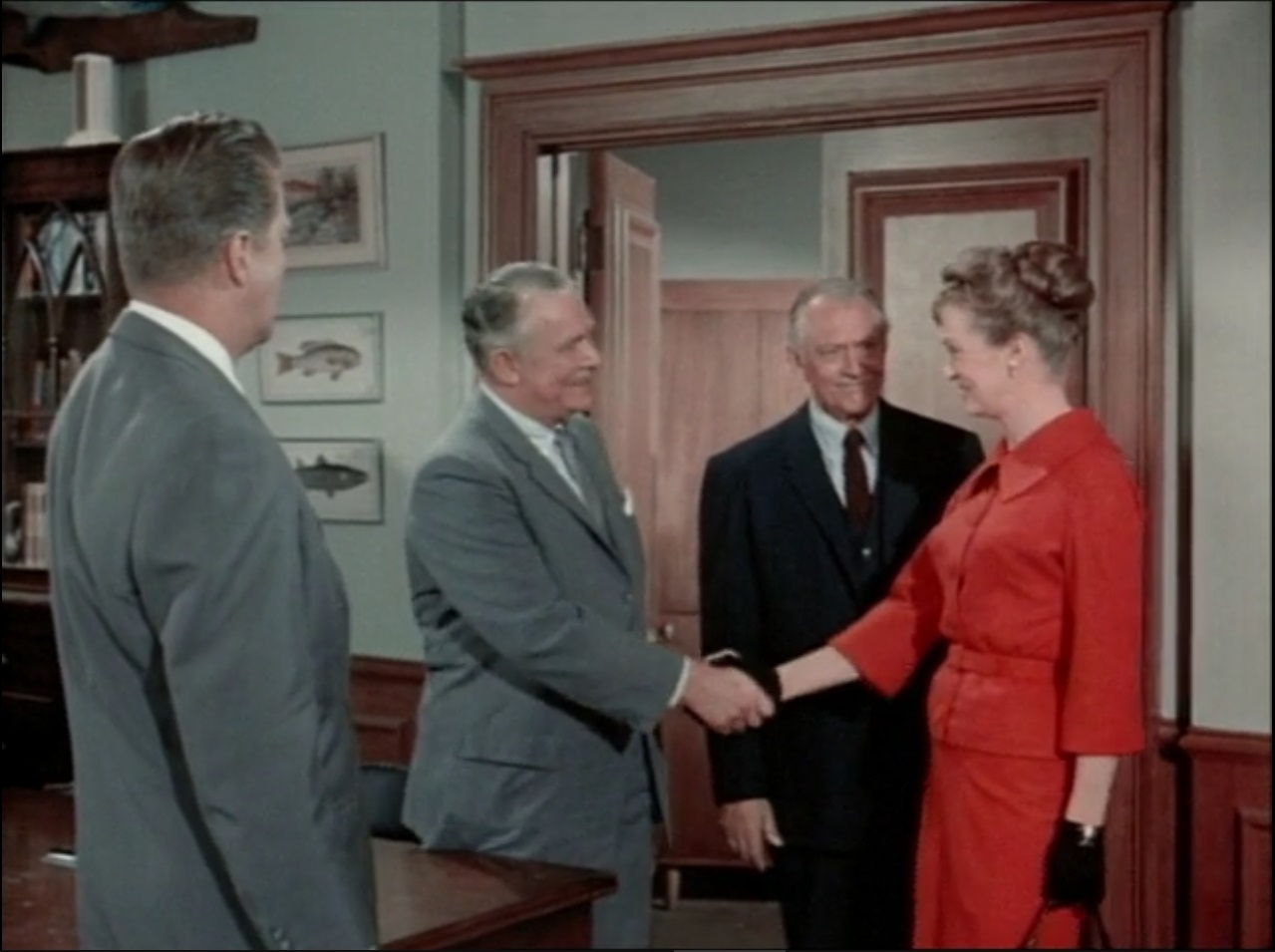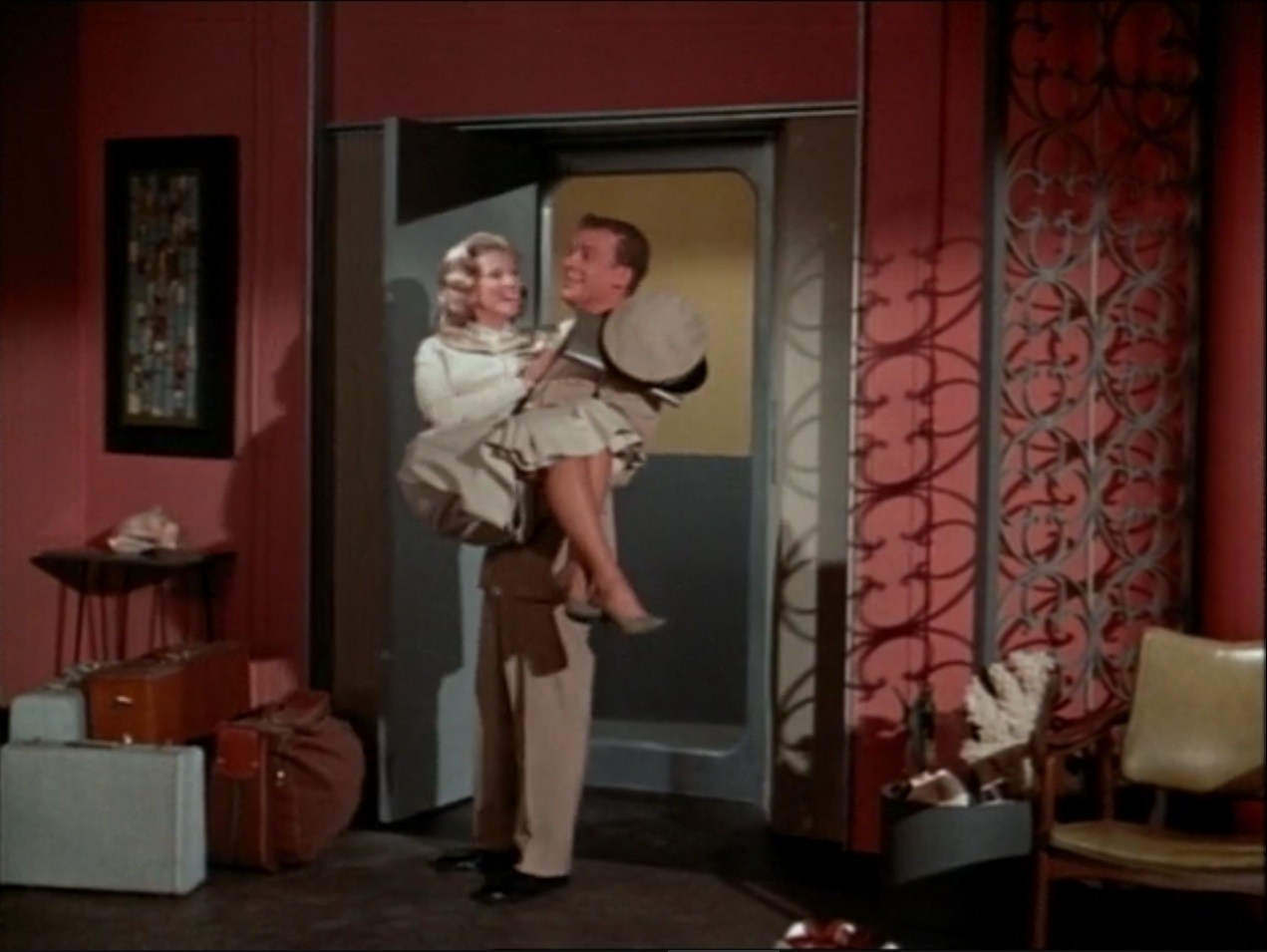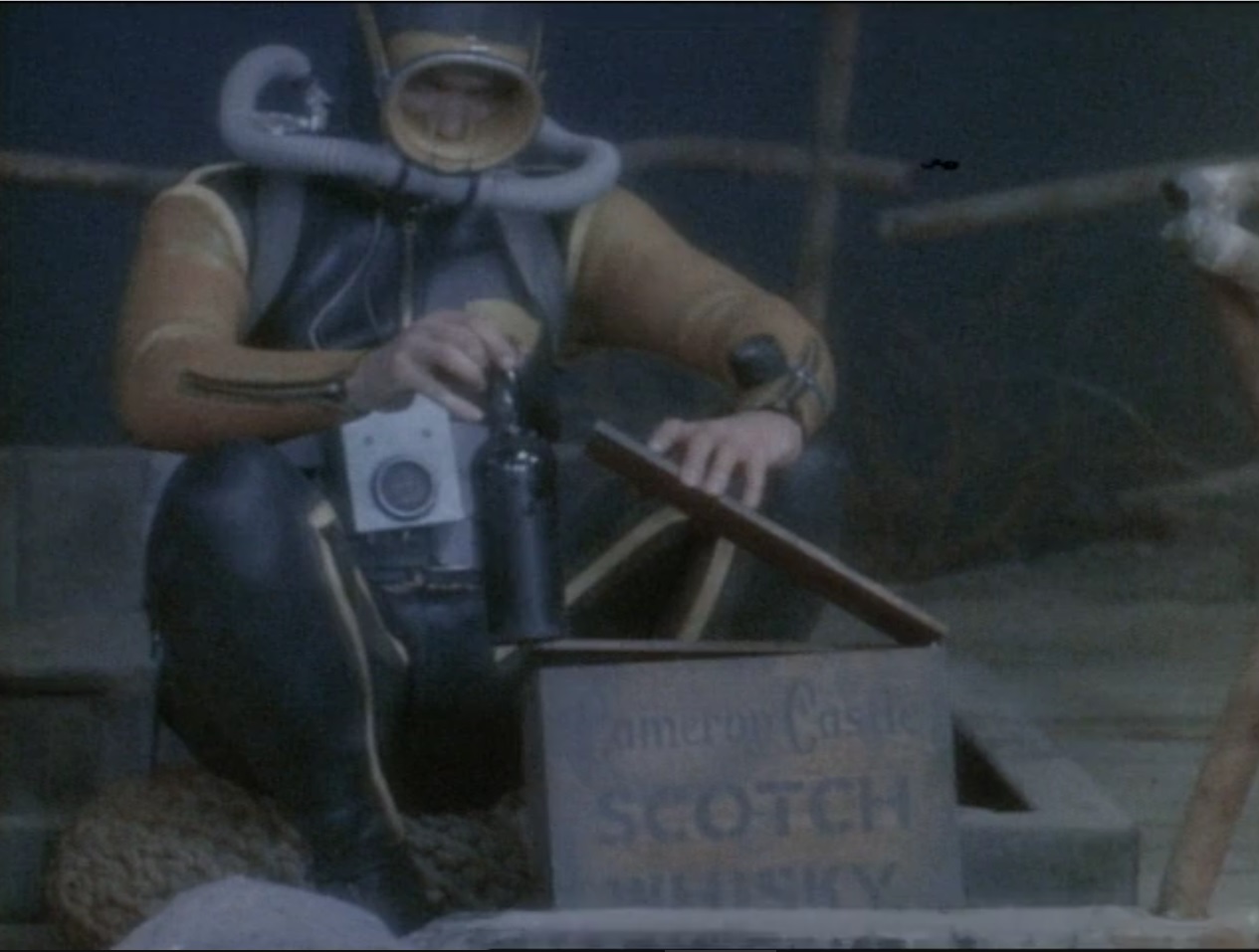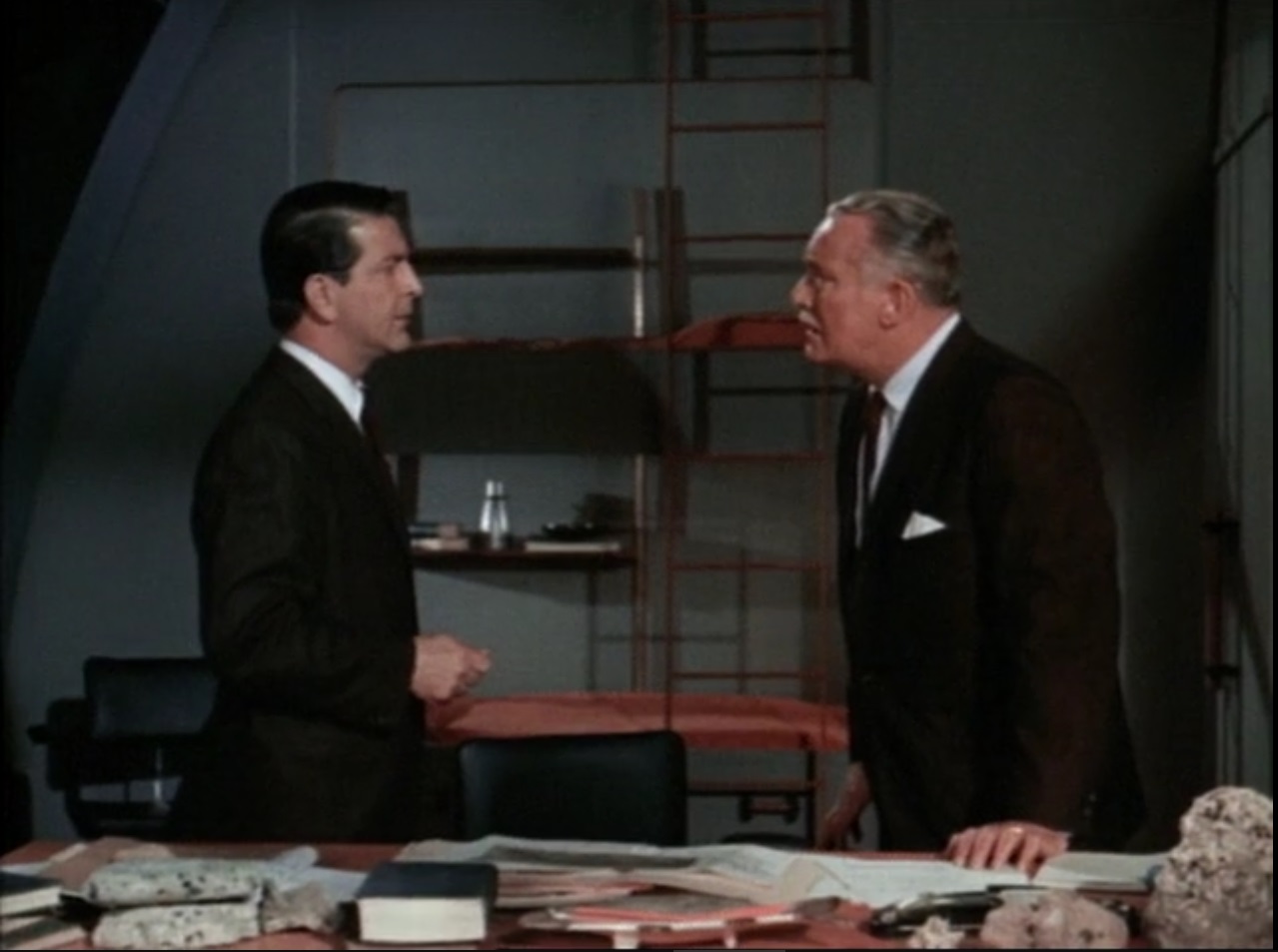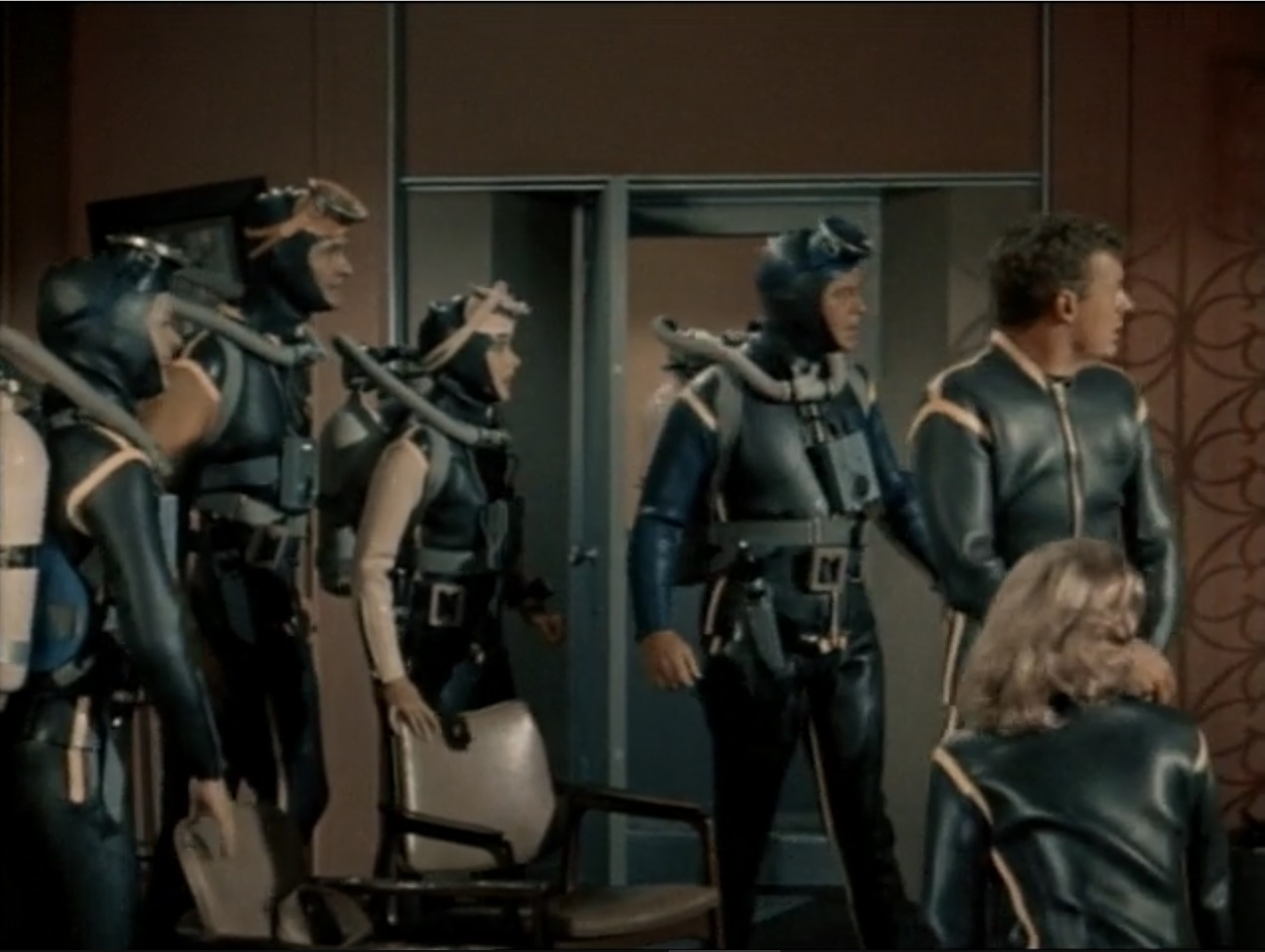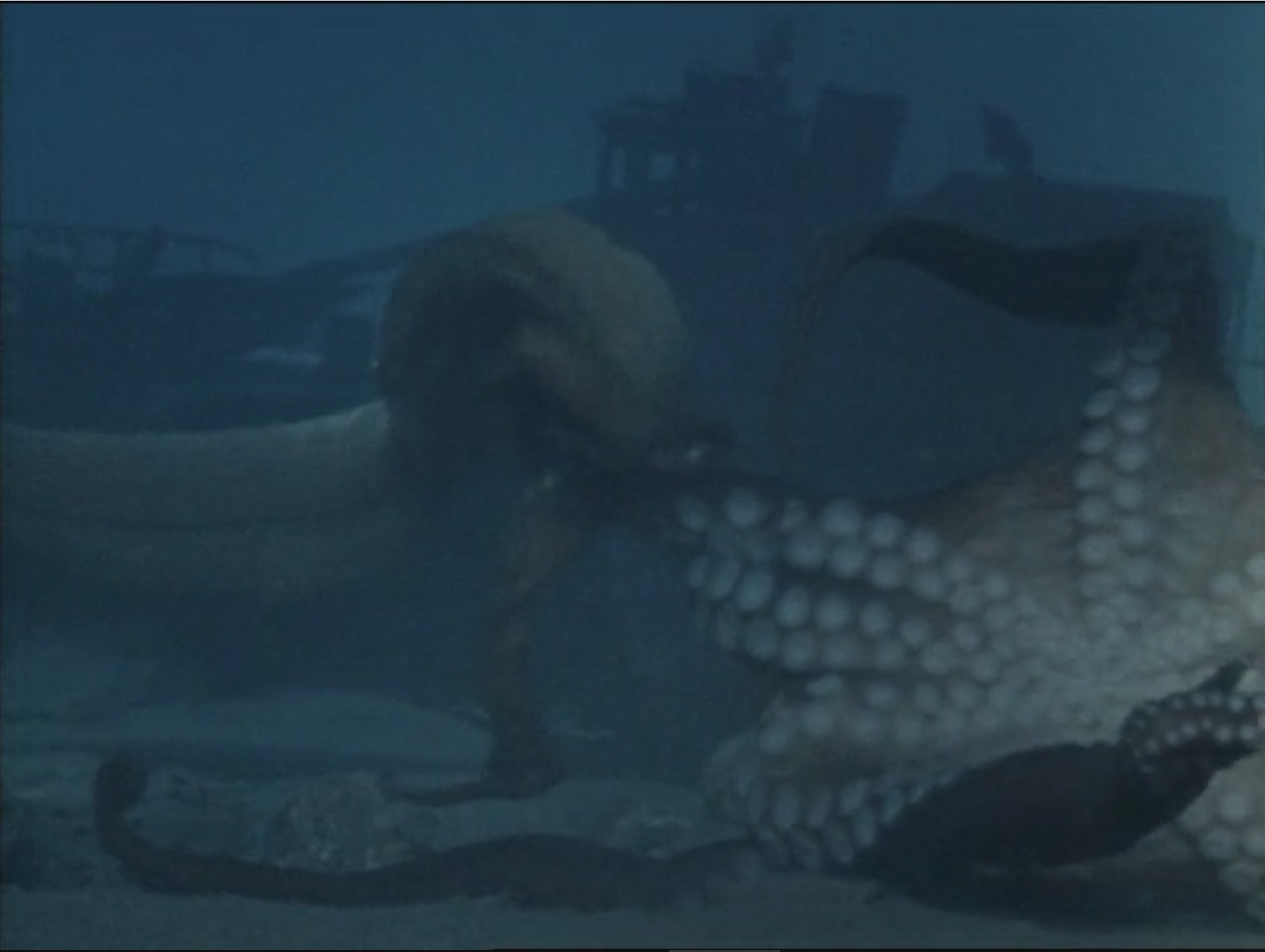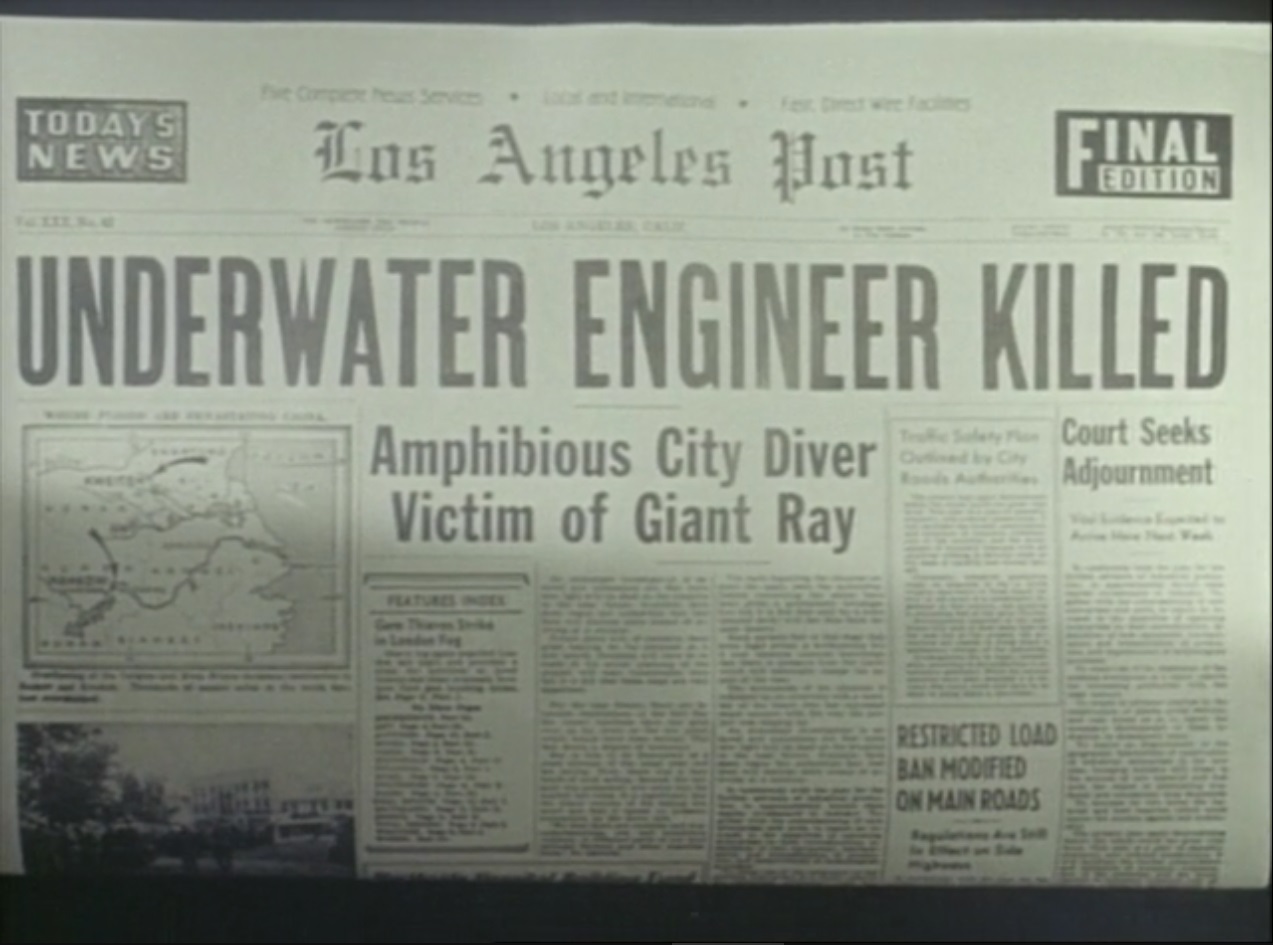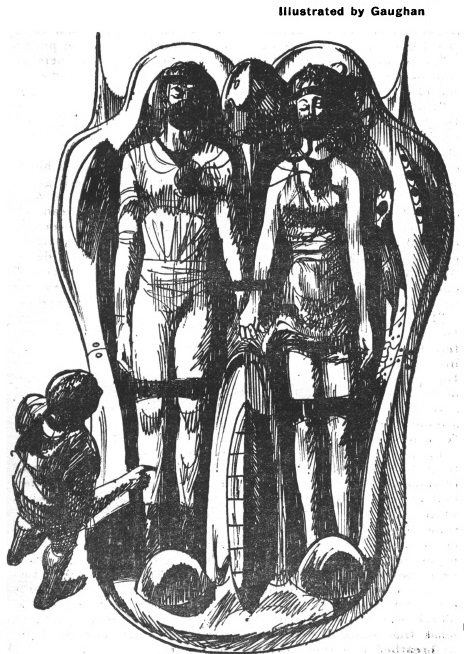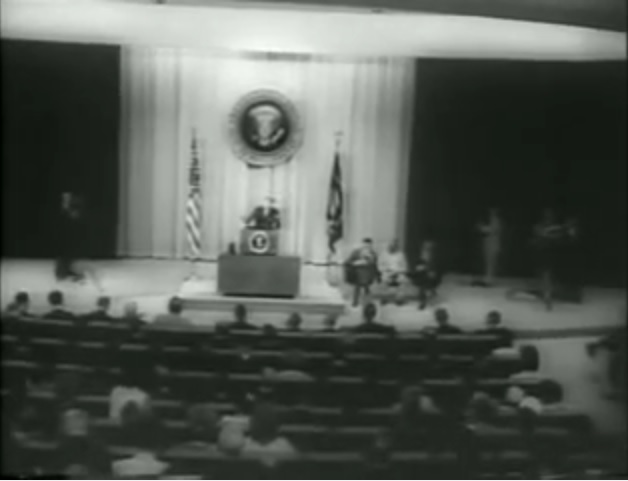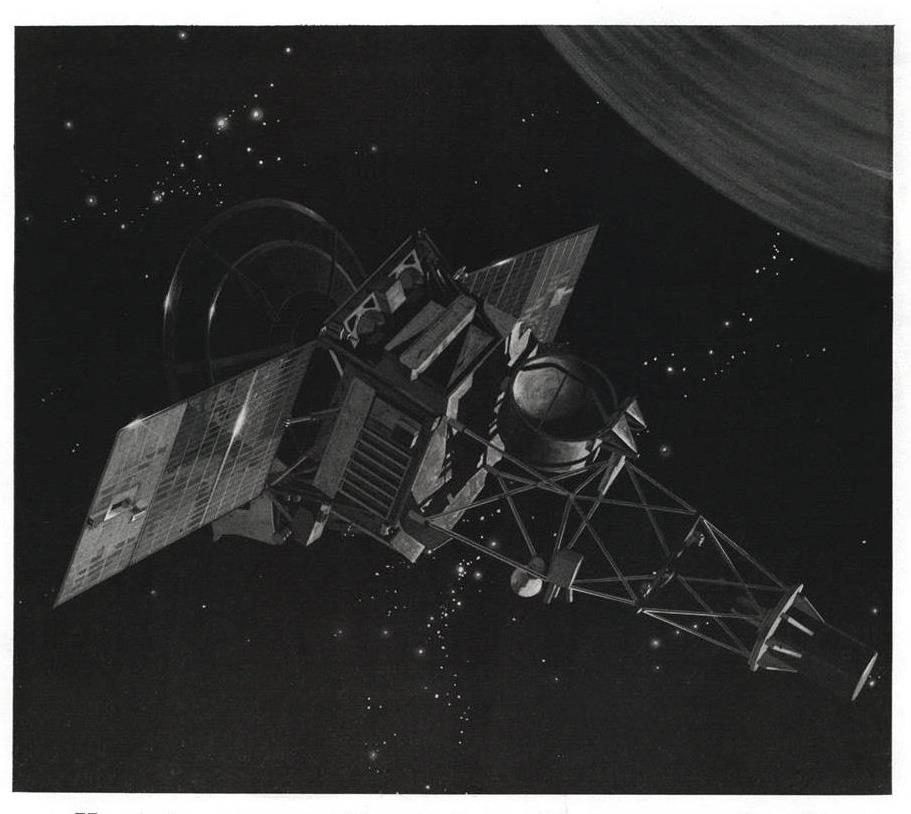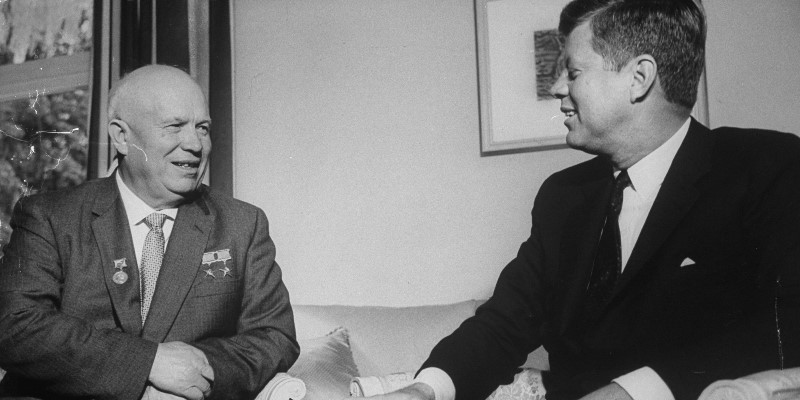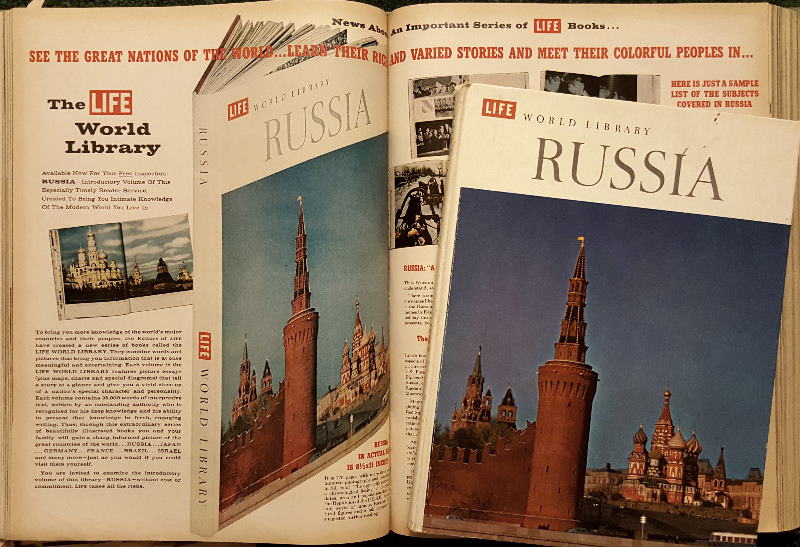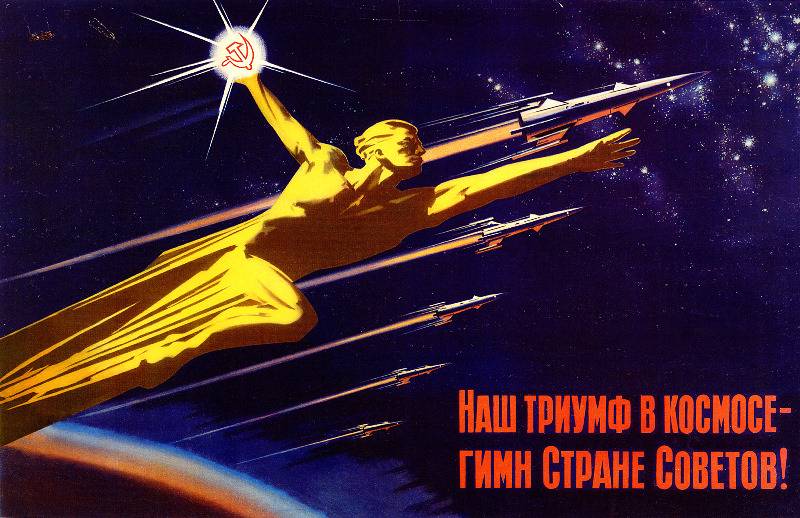[if you’re new to the Journey, read this to see what we’re all about!]

by Gideon Marcus
In the Soviet Union, they have an interesting grocery practice. Food production is, of course, nationalized. Thus, there are quotas that manufacturers are supposed to reach. Provided you have enough klass (social clout in the "classless society"), you can order a great many desirable foods for your office, your restaurant, your institute. Sausage, chocolates, and so on. However, you generally can't order these items individually. Rather, you request a set of items.

For instance, one might want coffee, but the set also includes chocolate, sugar, and cookies — whether you need them or not. The cookies might be several years old, the chocolate might be stale, or there might not even be any coffee. Or you could get lucky.
Maybe you want a kilo of fresh beef, but you can only get it with two cans of pressed meat, a kilo of hamburger meat, and a kilo of frozen vegetables. Well, why not? But when it arrives, the vegetables are freezer burned and the hamburger is green on the inside. At least you got the beef and the SPAM, right?
The science fiction digest, Analog, is much the same. For the past few years, the general pattern has been for the magazine to include a serial of high quality, and the rest of the space larded out with substandard shorts and ridiculous "science" articles on crackpot topics.
So enjoy your September 1962 Analog — it's what you ordered…and a lot more that you didn't:

A Life for the Stars (Part 1 of 2), by James Blish
This is the jewel of the issue, a fantastic piece about the twilight of the Earth. After centuries of resource depletion and oppressive rule, humanity is spreading itself amongst the stars. Whole cities are departing the Earth, powered by "spindizzy" anti-gravity drives. Each is a small principality unto itself, trading with other settlements, space-borne and planet-bound.
Our viewpoint is Crispin DeFord, a scrap-metal scrounger on the outskirts of Scranton just before the tired town plans to fly off to the heavens. The tale is a little bit Heinlein (Citizen of the Galaxy in particular) and a bit more bucolic Simak. The first half will grip you tight, and the second part will hold your interest, if not as strongly. I am very keen to see where this goes. Four stars.
The Winds of Time, by James H. Schmitz

This relic of the dawn of the Digest Era continues to write stuff in an aged vein. This particular tale involves a little cargo ship, crew of one, hijacked by one of the two passengers. He is a Villainous Time Traveler from the Future. The Pilot must use his strength and cunning to rescue himself and the other passenger, a Girl, before the Villain's alien sidekick secures the ship permanently in the higher levels of hyperspace.
Actually, Winds wouldn't be such a bad story except that it reads more like an outline than a finished piece. The sort of summary blurb that might accompany the latter portions of a serial rather than a stand-alone short. Thus, it is tedious and disappointing. Two stars.
The First Science, by Joseph F. Goodavage

Now this is vintage Analog, a full thirty pages devoted to a defense of astrology, of all things. The argument goes something like this: many of our brightest lights in natural philosophy — Galileo, Kepler, Brahe, Newton — were all astrologers, and some of their predictions came true! If those smart people believed in the stuff, aren't we fools not to? I'm certain there was no cherrypicking of evidence on the part of Mr. Goodavage; after all, when I've looked for confirmation bias, I've always found it.
Why does this laughable thing get two stars instead of one? There is some good biographical data in here, despite the ludicrous conclusion. And there is a grim fascination as one reads, wondering if the shoe is really going to drop on the side of the most pseudo of pseudo-sciences.
Good Indian, by Mack Reynolds

A hundred years from now, the United States has so integrated that there is no such thing as a minority anymore — until three full-blooded Seminoles march into the Bureau for Indian Affairs and demand reparations for the Trail of Tears. Played for laughs, and with a truly offensive ending, this is the sort of story I expect from Analog, but not from Reynolds. One star.
The Professional Approach, by Leonard Lockhard

The legally adept Lockhard (really Theodore L. Thomas) provides another insight into the world of technical patents, this one involving a miracle invention and the attorney who falls a little too much in love with it. As the Japanese say, "With love, even pockmarks become dimples," and so Approach's protagonist fails to find the fatal flaw in his client's creation…before too late.
Competent and fun, as always. Three stars.
Sorcerer's Apprentice, by Christopher Anvil

Communism in Cuba is upended by little radio transmitters placed in the teeth by activist dentists. These transmissions create an intense desire to work, independent of ideology or compensation. Of course, one must never confuse motion for action, but that doesn't seem to be an issue in this piece. I think it's supposed to be a satire on the undesirability of the moocherism of Communism and the cold ,ercantile nature of Capitalism… but I found it talky, implausible, and just plain dumb. Par for the course for the material Anvil produces for Analog's editor, Campbell. One star.
Beyond Pandora, by Robert S. Martin
Finally, a short short gotcha piece where we find that the origin of the longevity serum is none other than… well, you can read it and find out, but you won't be surprised. Two stars.

At 2.3 stars, Analog is not quite the worst magazine of the month (that award goes to Amazing with 2.2 stars), but it's awfully close. And yet, the Blish is so good that you might find it worth 50 cents for that story alone. Or you might wait for it to end and then buy the novel.
Thank goodness we live in the West and you have that option!
—


